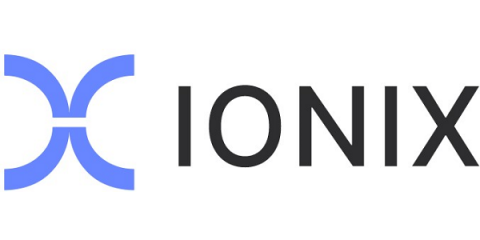Expanding Enterprise Attack Surfaces (EAS) and the increasing importance of Identity & Access Management
In the past five years, Enterprise Attack Surfaces (EAS) have evolved significantly. EAS refer to the various entry points that cybercriminals can exploit to gain unauthorized access to an organization's digital assets. With the increasing use of cloud-based services, the proliferation of connected devices and the growing reliance on third-party vendors, attack surfaces have become broader, more numerous and more complex.










